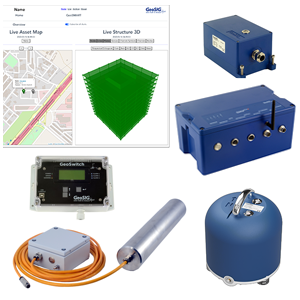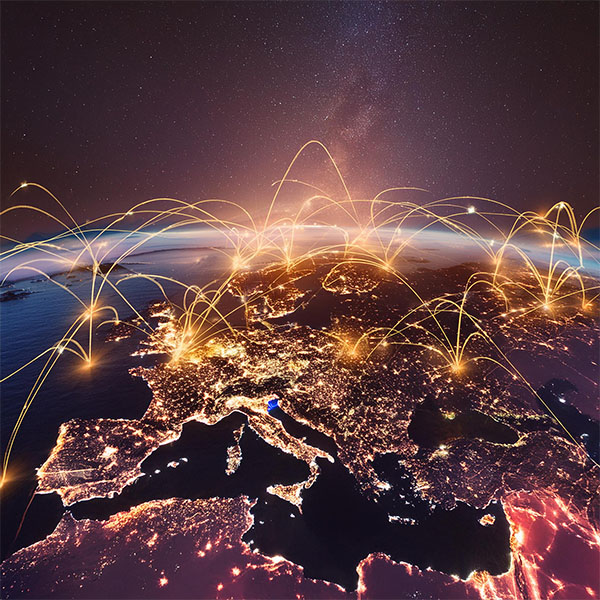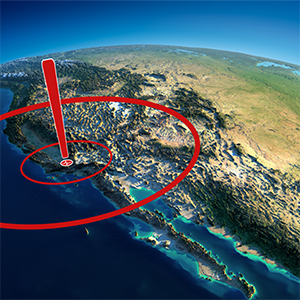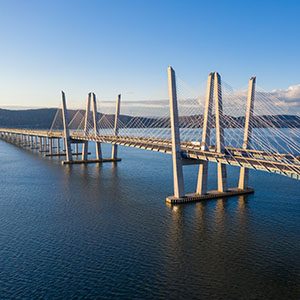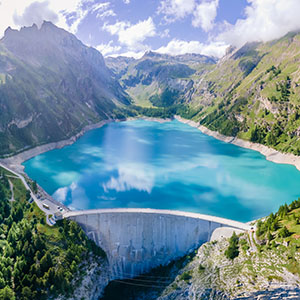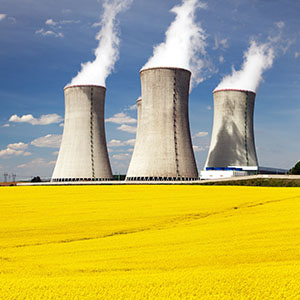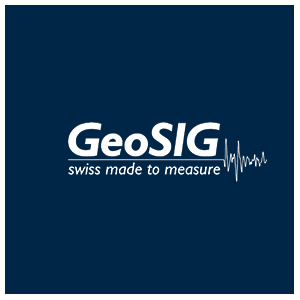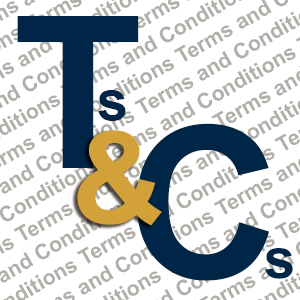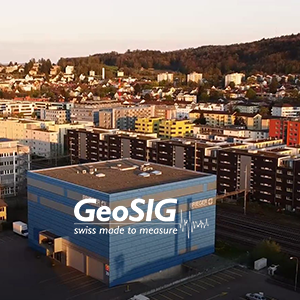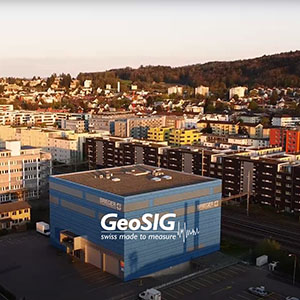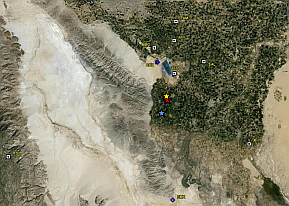|
I have travelled a lot during the last few months, going to several countries and visiting many friends around the world.
After the Swiss National Team beat the Spanish National Team in the FIFA World Cup last Wednesday, I received many congratulations from both my long-standing and new friends, which I appreciated very much. These comments made me wonder what lies behind the success of the Swiss National Team.
The next day we organised a short celebration in the company ( See below) during which I asked the very same question to our most valuable resource in GeoSIG, our staff. |
The main answers consisted of: good strategy, discipline, teamwork, good coach, luck, etc. We then celebrated the victory and praised the Swiss Team and their brilliant coach Ottmar Hitzfeld.
As GeoSIG is the world leader in Earthquake Early Warning (EEW) and Structural Health Monitoring (SHM) solutions, the Swiss Team has for the first time in their history the unique chance to become the world champion. It sounds like a dream for Switzerland being the world champion in football. Yet I can hope for this because they are led by Ottmar Hitzfeld whom I have admired since my youth when he played in FC Basel becoming both Swiss Champion and Cup winner.
The GeoSIG team believes in and wishes all the best to the National Team, hoping to win again, and again, and make the dream come true in South Africa.
|
|
On April 4, 2010 an earthquake with a Magnitude of 7.2 occurred in the Baja California region. The shockwaves were even felt in Arizona and Nevada, more than 400 km away. Such a strong earthquake had not occurred for more than 100 years in the region of the Laguna Salada fault.
CICESE, Center of Scientific Investigation and Higher Education, has deployed a network of 12 Accelerographs in the region which registered this quake, 9 of which are GeoSIG GMS-18. These stations are located at distances ranging from 10 to 140 km of the epicentre. The nearest six of these instruments are installed on the sediments of the Mexicali Valley, 35 km from the epicentre, the rest of the stations are distributed over the peninsular rocky massif in the western part of the northern region of Baja California.
After the main shock, the recorders registered several after-shocks, which become an important base of earthquake recording data in the region.
Figure 1 shows the epicentre registered by the network of CICESE (yellow star), the published epicentre by the Northwest Seismic Network in Mexico, RESNOM (red star) and the published epicentre by the USGS (blue star). The separation of the 3 epicentres is less than 6 km, which confirms the recorded data associated with the event. The location of some of the stations from the CICESE network is also seen, which recorded the earthquake. For more information regarding the CICESE recording of the 2010 Baja California Earthquake please visit the website of CICESE. |
Figure 1. Map showing epicentres by different institutions
|
|
 |
GeoSIG will participate in the above conference as an exhibitor; we look forward to seeing you at our booth. Mr Christoph Kuendig, our CEO, will be personally attending the event to welcome you.
Why Attend?
The Ninth U.S. National and Tenth Canadian Conference on Earthquake Engineering will provide an opportunity for both researchers and practitioners to share the latest knowledge and techniques for understanding and mitigating the effects of earthquakes. This is the first time that a conference of this scale is being organised jointly by the Earthquake Engineering Research Institute and the Canadian Association for Earthquake Engineering. |
The conference will provide a unique environment to develop synergy between U.S. and Canadian colleagues, as well as other participants from around the world. This conference will bring together professionals from a broad range of disciplines, including architecture, structural engineering, seismology, geology, geophysics, geotechnical engineering, social response, regional planning, emergency response planning, and regulation.
For more information visit the organiser’s website: http://2010eqconf.org/ |
|
|
| Visit us at European Seismological Commission 32nd General Assembly |
 |
GeoSIG will participate in the above General Assembly as an Exhibitor; we look forward to seeing you at our booth. Our CEO, Mr Christoph Kuendig will be personally welcome you at our stand.
The ESC is a commission of IASPEI, which is associated with the IUGG; its aim is to promote seismological studies and projects in Europe which includes the countries bordering the Mediterranean and immediate neighbours, an area stretching from the Mid-Atlantic Ridge to the Urals and the Arctic ocean to northern Africa. |
The mission of the European Seismological Commission is to support seismology within the scientific community of the European and Mediterranean countries by promoting research studies, extending and enhancing scientific co-operation and providing training for young scientists.
For more information visit the organiser’s website: http://www.esc2010.eu/esc2010/ |
|
|
| NetQuakes/GMS-xx is now available with six channels |
The new option for the NetQuakes/GMS-xx seismic recorder allows the device to operate with six, synchronously sampled channels. The six channels can be used to sample data from internal as well as external sensors. Typical configuration would be an external seismometer and an internal accelerometer, each one providing three channels of data.
With a sampling rate of up to 200 SPS, event files and continuous data can be recorded on the local flash card and later retrieved over Internet. At the same time, data of selected channels can be streamed in real time to a computer through the network link or serial port. Supporting all functions of the actual 3-channel GMS-xx seismic recorder, the new option allows the device to keep its flexibility and offers three additional channels.
An upgrade of an existing GMS-xx is possible, but only at the GeoSIG factory. Should you be interested in this new device, please do not hesitate to contact us. |
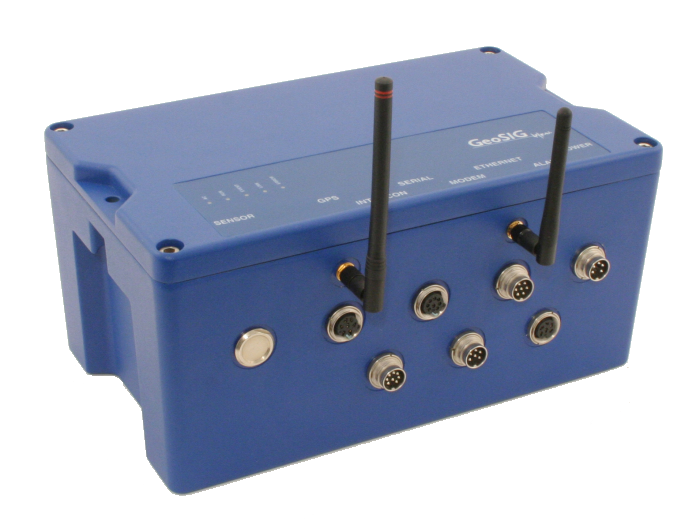 Figure 2. NetQuakes/GMS-xx, now available with six channels
Figure 2. NetQuakes/GMS-xx, now available with six channels |
|
|
| Dam Solutions, Dam Safety and Earthquake Instrumentation |
The International Commission on Large Dams (ICOLD, www.icold-cigb.net) reports that mankind has made use of dams for almost 5'000 years and more than half of the registered 39'000 large dams have been built in the past 35 years.
The Worldbank (www.worldbank.org) appends to this information that more than half of those dams are located in developing countries, and a number of those countries are currently engaged in extensive dam building programs.
The Report of the World Commission on Dams (www.unep.org/dams/WCD/) that was released in November 2000 highlighted, among many other things, the importance of the safety of dams.
Therefore, dam safety, especially in areas subject to medium to severe earthquake hazard, becomes an important subject for several reasons. Most importantly that dams are structures which influence not only a small area or group but usually a whole geographic region encompassing sometimes millions of people, numerous species and costing great amounts of taxpayer's or investor's money. It is crucial that dam owners make sure that their dams are safe and do not pose an unacceptable or unforeseen risk to life, health, property, or the environment. Furthermore, dam safety is closely linked to sustainability and therefore the environmental and the social impacts of dam projects during all stages of the dam's life cycle (which is 150 or more years). It must also be noted that International treaties and conventions demand close monitoring of dam safety measures so that owner countries do not impose or transfer any risks associated with the above mentioned issues, and consequently not having to face the resulting financial and social obligations. Considering all of the above, it has been reported that in many countries with a significant number of dams, the safety of existing dams is a matter of great concern because the state of these dams poses already a safety problem. |
Evaluating and monitoring the state of dams and any potentially hazardous effects on them is therefore an extremely important issue to be taken care of during the design, construction, operation, and therefore basically over the whole lifecycle of a dam.
Earthquakes pose a significant risk to such massive, regional structures due to several reasons; therefore it is highly recommended to monitor the occurrence, intensity and effects of this unavoidable ground motion in the vicinity and on any given dam.
It is a known fact that dams are not inherently safe against earthquakes, however, technology for building dams that can safely resist strong ground shaking is available and highly advanced earthquake instrumentation and data transmission technologies allow dam owners to closely and reliably monitor their assets as well as making sure that their obligations are fulfilled regarding all of the safety measures mentioned above. GeoSIG solutions come into the picture at this very crucial point.
GeoSIG provides state of the art solutions for earthquake instrumentation in dams which is one of the most crucial instrumentation schemes in a dam. Having supplied to more than 160 dams around the world, GeoSIG is proud to offer different topologies of earthquake instrumentation which helps to monitor ground motion activity, associated dam response and performance. In addition GeoSIG solutions enable the operators to receive timely alerts and data on any typical and/or critical event affecting the dam as well as its reservoir.
We will be publishing more technical insight and lessons learned from applications in the coming issues of GeoWatch. We therefore urge our readers to follow up our newsletter regarding this topic. |
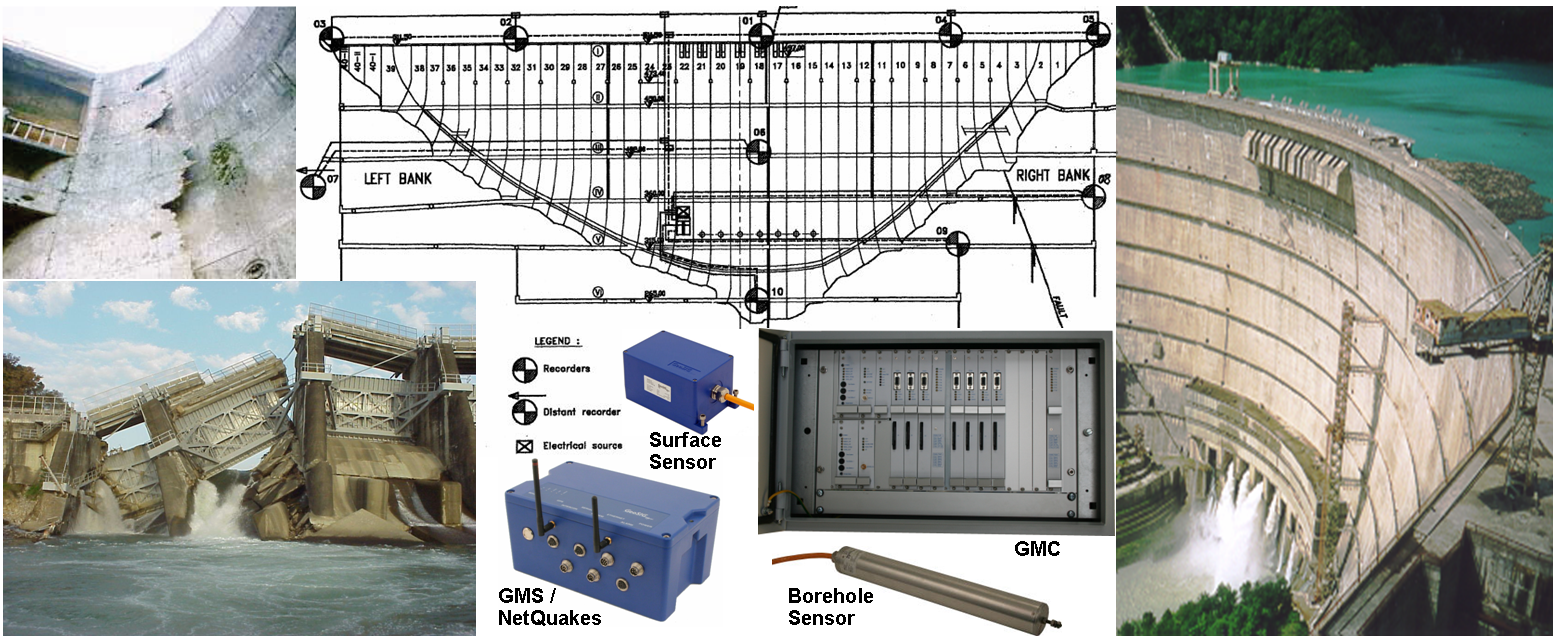
Figure 3. Examples of observed damage during earthquakes, typical Dam instruments and their topology |
|
|
| Calls for Participation in GeoWatch |
GeoWatch aims to communicate GeoSIG’s product information as well as industry related news and information with a wide community of readers in commercial and non-commercial organisations. In an attempt to make this newsletter more interesting and interactive we are inviting our readers to present articles in a contest for publication in GeoWatch.
For the next issue of GeoWatch planned for publication in September 2010, we are looking for articles in the following categories:
- How to make closer cooperation between research and scientific organisations around the world?
- Is a worldwide connected EEW system a possibility?
- Should installation of EEW systems in high earthquake risk countries be made into the law?
- What are the minimum requirements for a functional and practical EEW installation?
|
Conditions
- No costs or credits are associated with submittal. This is a non-binding offer to any party.
- More then one article can be submitted.
- The article(s) must be original and by submitting you are authorising GeoSIG to publish the article by any means.
- The article(s) can not be less than 500 words.
- GeoSIG will choose the most interesting and relevant article(s) for publication
- The author(s) of the selected article(s) for publication will receive a “Swatch” watch as a prize
Deadlines:
|
|
|
| We Celebrated our first Victory at the World Cup 2010 |
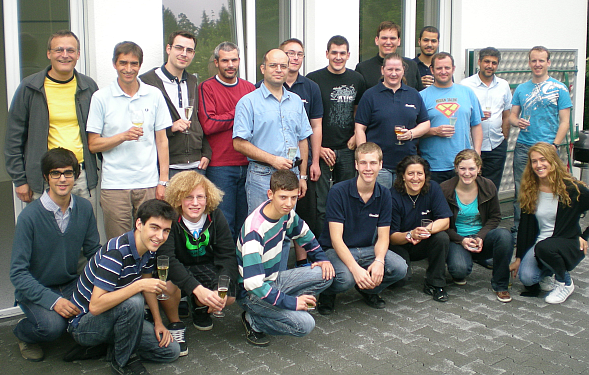 Figure 4. GeoSIG Team during Celebration
Figure 4. GeoSIG Team during Celebration
We trust that with determination, strategy and focus many fur-ther achievements lie ahead.
|
|
|
|
|
|
|









